The cost of a basic medical procedure like circumcision can shock you - ranging from $252 to over $7,532. These wild price swings show why data insight and similar repricing methods play such a vital role in today's healthcare payment world.
Out-of-network care payments create huge challenges for independent physical therapy practices. MultiPlan and Claritev now handle more than 80% of out-of-network claims, which gives them massive control over healthcare reimbursements. These repricing giants, along with companies like Data iSight and Zellis, revolutionize provider payments - often leading to major underpayments that reached $19 billion in 2020.
Healthcare providers face serious consequences. MultiPlan processed $106 billion in out-of-network charges during 2019, controlling 81.5% of the market. Their repricing methods cut payments by 1.5-49 times compared to traditional calculations. Data iSight offers a different approach, cutting 61%-81% off billed charges while keeping provider acceptance rates between 89%-98%.
Let's get into these major repricing companies and their methods to help you understand this complex system better. This knowledge goes beyond protecting your revenue - it ensures fair pay for your work and reasonable costs for patients.
Understanding Repricing Entities and Out-of-Network Care
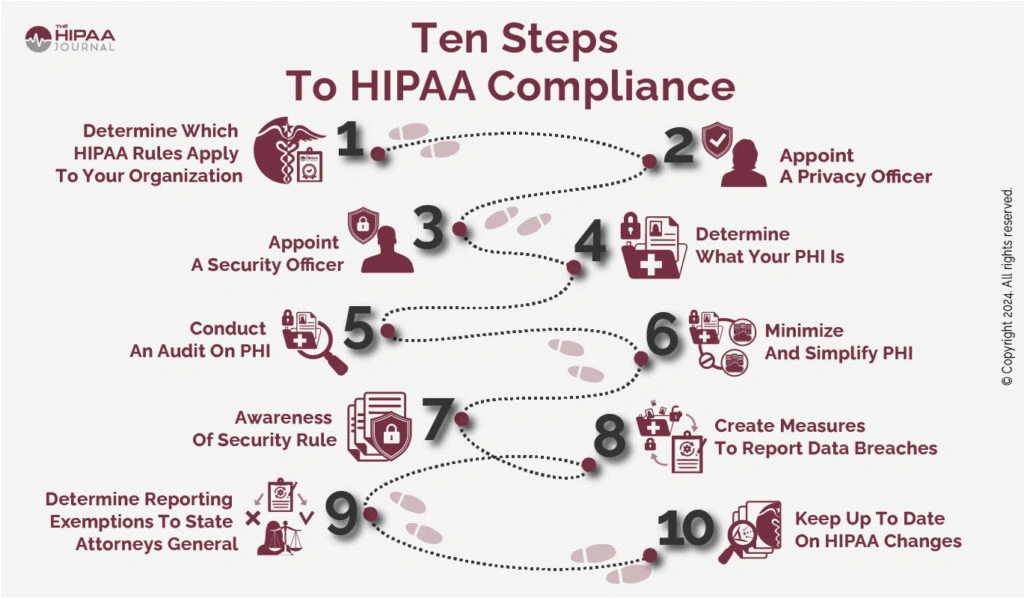
Healthcare billing feels like walking through a maze, especially when you deal with out-of-network claims. Both providers and patients need to know how repricing entities work with out-of-network care.
What is Out-of-Network Care?
Patients receive out-of-network care from healthcare providers who don't have contracts with their insurance plans. These providers can set their own prices because they haven't signed agreements to accept insurers' negotiated rates.
Here's a real example: You see a specialist who doesn't participate in your insurance network. This provider sets their own fees because they haven't agreed to your insurer's payment terms. Without any limits on what they can charge, these providers often bill much higher amounts.
Research shows 10% of patients pick out-of-network care, which can cost up to 10 times more than in-network services. Many patients don't know they've seen an out-of-network provider until they get a surprise bill. About 40% of patients who visited out-of-network doctors got bills they didn't expect.
Why Do Repricing Entities Exist?
We needed repricing entities to tackle the rising costs of out-of-network healthcare claims. One mid-sized group health plan saw their out-of-network charges shoot up until they hired a repricing service that ended up cutting those costs by 90%.
These entities want to bring clarity to healthcare pricing. The current system lets providers charge very different rates for similar services. Repricing solutions help make sure providers get fair payments instead of inflated prices by analyzing claims data and industry measures.
Repricing entities also help:
- Set pricing measures between in-network and out-of-network providers
- Review costs and spot billing errors
- Talk directly with healthcare providers
- Handle No Surprises Act claims and stay away from Independent Dispute Resolution
How Does Repricing Work in Practice?
Everything starts after a provider submits a claim. The insurance company or Third-Party Administrator (TPA) checks and approves it. They then send it to a third-party vendor that works for the self-funded plan.
The vendor uses their method to reprice the claim, which often saves a lot compared to the original bill. The vendor then tells the insurer how much they should pay the provider for their service.
Many vendors base their negotiations on Medicare fee allowances. Some use Preferred Provider Organization (PPO) repricing with fixed fee structures for medical claims.
Data iSight uses its database of over 1 billion paid Healthcare Finance Administration bill lines and public facility data to create their repricing rules. Providers accept their reduced rates 89%-98% of the time.
Effect on Providers and Patients
Providers might get paid much less than expected through repricing. Many don't like certain methods (like Usual & Customary or Medicare-based pricing) because they say the cuts are too deep to run their business.
Patients save money on out-of-pocket costs. A case study showed that a repricing service saved a health plan $6.4 million and helped participants save big money during the same time.
In spite of that, out-of-network providers can still "balance bill" their patients by charging them the difference between what insurance pays and their full rate. The No Surprises Act now protects patients from unexpected balance bills during emergencies or when they unknowingly get care from out-of-network providers at in-network facilities.
What is MultiPlan?
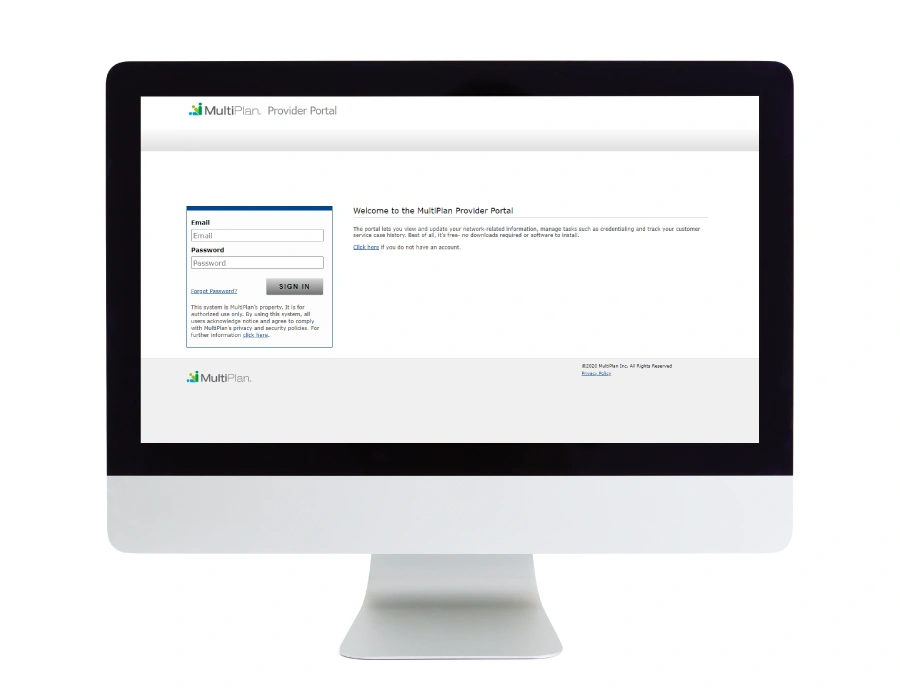
MultiPlan leads the out-of-network claims repricing industry by handling 80% of such claims across the nation—about 370,000 each day. The company changed its name to Claritev in February 2024 but still plays a key role in deciding healthcare providers' payments for out-of-network services.
MultiPlan's Role in Repricing
The company acts as a central hub for healthcare payment processing. We worked mainly with employers who "self-fund" their health coverage—they pay medical claims directly while insurance companies handle the processing. MultiPlan works with about 700 of the 1,100 insurers in the country, including all 15 major health plans. Big names like Aetna, Cigna, and UnitedHealthcare often recommend MultiPlan's services to employers as a way to save money when employees need out-of-network care.
Let's say your physical therapy practice treats a patient whose insurance uses MultiPlan. Even without any agreement with either company, MultiPlan's systems will likely decide how much you get paid.
MultiPlan Pricing Methodology
The company's business relies on an algorithm-based tool that suggests payment amounts for out-of-network claims. These suggestions often lead to much lower payments—anywhere from 1.5 to 49 times less than standard calculation methods for identical services.
MultiPlan's payment structure raises eyebrows among critics. The company gets paid by insurers based on how much money it saves them—the gap between the original bill and the final payment. This means MultiPlan earns more by cutting provider payments further. This approach helped the company grow rapidly, with revenues jumping from $23 million in 2012 to $709 million in 2021.
MultiPlan Controversies and Lawsuits
The company faces serious legal challenges. A federal judge found merit in doctors' claims about a price-fixing scheme where MultiPlan acts as the center of a "hub-and-spoke" arrangement with insurers. The U.S. Justice Department backed these claims in a court filing.
Major legal challenges include:
- The American Medical Association's lawsuit claiming MultiPlan created an "unlawful cartel" for health insurance companies
- Several hospital systems suing MultiPlan for working with major insurers
- Senator Amy Klobuchar asking for a federal investigation into MultiPlan's pricing tools
MultiPlan Impact on Provider Payments
MultiPlan's practices have hit healthcare providers hard financially. One lawsuit claims the company's repricing led to $22.9 billion in "underpayments" to providers just in 2023. MultiPlan proudly announces that its tools save billions by getting providers to accept 61-81% less than their billed charges.
Here's a real example: UnitedHealthcare used MultiPlan to cut a $152,594 hospital bill to just $7,879—then charged the employer $50,650 for this "service". Many medical practices, especially smaller ones, have shut down or stopped offering certain services because they can't survive these payment cuts.
MultiPlan defends its practices by saying its services "do not raise patients' overall health care costs, they lower them—including by minimizing or eliminating balance bills for tens of millions of patients".
What is Claritev (formerly MultiPlan)?
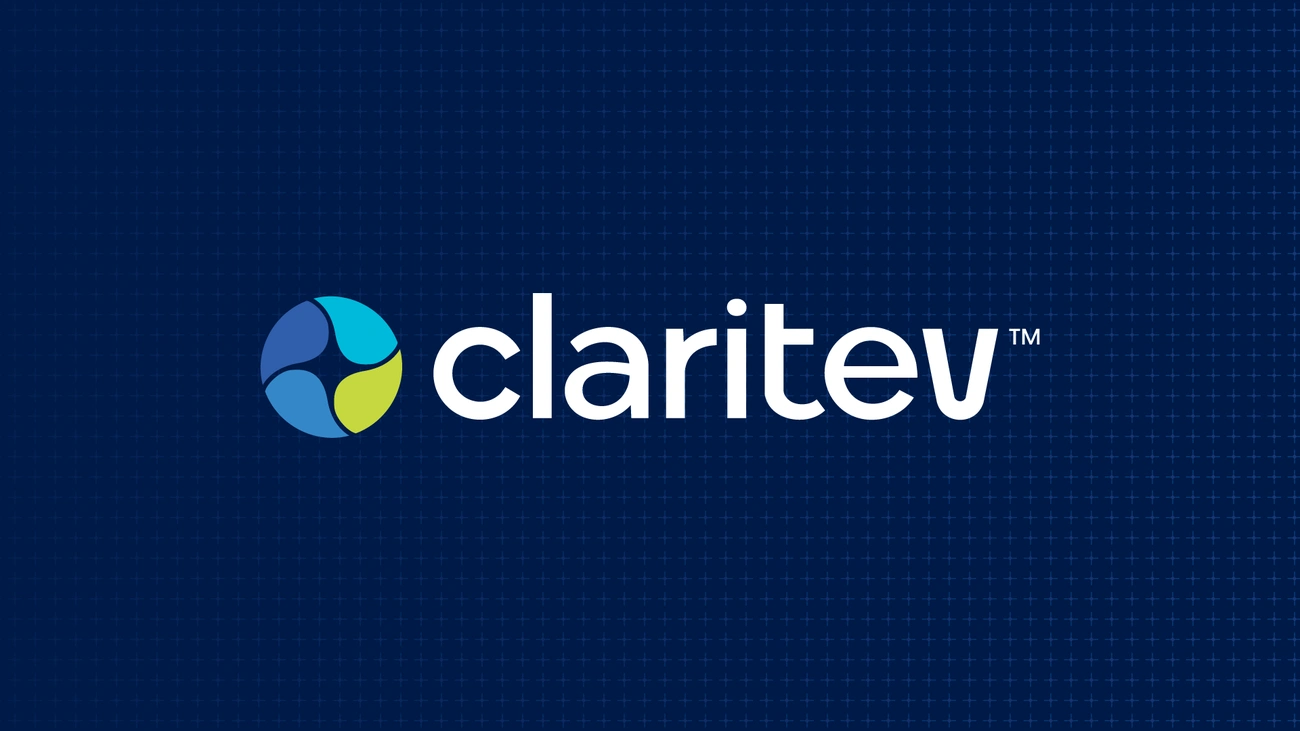
MultiPlan went through a major transformation in February 2025 after nearly 45 years in business by rebranding as Claritev Corporation. This name change represents a crucial moment in the company's strategic progress, while it maintains its dominant position in the healthcare repricing industry.
Claritev's Rebranding and Services
The new brand identity shows Claritev's greater emphasis on "bringing transparency to a broader set of the healthcare ecosystem with increased innovation, products and partners". The company serves more than 700 healthcare payors, 100,000 employers, 60 million consumers, and 1.4 million contracted providers, despite its new name.
Claritev has a complete suite of services that includes:
- Analytics-Based Services: These identify and negotiate fair out-of-network provider reimbursements
- Data & Decision Science Services: They deliver useful data for healthcare cost reduction
- Network-Based Services: The company maintains contracts with over 1.4 million healthcare providers
- Payment & Revenue Integrity Services: These help curb waste and identify claims errors
- MultiPlan Payments: The service manages the payment process from start to finish
- End-to-End Surprise Billing Services: These handle No Surprises Act processes
David Murtagh, VP of Product Management for Data & Decision Science, explained that the change to Claritev shows the company's broader focus beyond payers to include providers, employers, consultants, and government entities.
Claritev's Use of Data iSight
Data iSight works as Claritev's main repricing methodology for out-of-network charges. The system takes different approaches based on claim type and achieves provider acceptance rates of 89%-98% with savings of 61%-81% off billed charges.
A physical therapist billing $200 for a service might receive $38-$78 with Data iSight, yet Claritev reports most providers accept these reductions.
Claritev promotes transparency in its Data iSight methodology. The company provides secured websites where members, providers, and clients can get detailed explanations of their claims' pricing methodology. Their approach is different from competitors because it uses comparative data to determine median cost or reimbursement amounts instead of Medicare percentages or usual and customary (U&C) pricing.
Claritev's Market Influence
The company processes more than 80% of out-of-network claims nationwide—approximately 370,000 daily claims. Claritev's BenInsights platform wants to unify fragmented health benefits data to help employers identify care gaps, predict risks, and assess costly trends.
The company has grown its market presence through acquisitions. These include HMA, Inc. in 2011 (acquiring several provider networks) and Integrated Health Plan (IHP). Claritev joined the athenahealth® Marketplace in 2025, bringing its CompleteVue™ platform to over 160,000 providers.
Claritev Legal Scrutiny and Antitrust Concerns
Legal challenges continue to face Claritev despite its rebranding. The Department of Justice filed a statement supporting claims that Claritev conspired with health insurers to underpay doctors for medical care.
A federal judge determined healthcare providers have plausibly alleged that Claritev and insurers coordinated a "cartel through the sharing of competitively sensitive confidential pricing information to illicitly coordinate on out-of-network reimbursements". The American Medical Association called this arrangement a "smokescreen for traditional price-fixing".
The company's algorithmic tool recommends out-of-network payment rates in a way that encourages lower payments. Antitrust regulators say Claritev violated antitrust law because using a common pricing algorithm qualifies as concerted action, even when payers used that algorithm differently.
Claritev states these lawsuits are "without merit" and would "ended up increasing prices for patients and employers".
What is Data iSight?
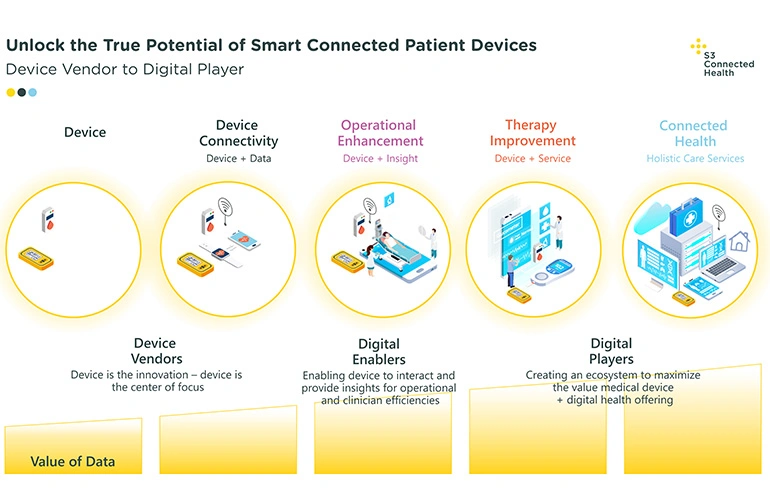
Data iSight stands as the life-blood of Claritev's repricing arsenal and has become one of the most influential tools that reshape out-of-network reimbursements. Launched in 2007, this methodology helps healthcare payors reprice non-contracted charges consistently.
Data iSight Pricing Methodology
Data iSight adapts its approach based on claim type. The system scrutinizes median costs for procedures at similar-sized facilities in comparable locations for facility claims. Professional claims get a different treatment through a median reimbursement approach. The system includes these key factors:
- National standards and regional wage indexing
- Geographic adjustments based on provider location
- Code-specific conversion factors (107 unique factors across service categories)
- Claim editing for accuracy
Data iSight builds on Medicare's rate-setting methods and adds its own multipliers that supposedly give hospitals a "fair profit". Insurance companies can use the system to cap prices and set reasonable profit margins for medical facilities.
Data iSight Provider Acceptance Rates
Claritev's marketing materials show impressive acceptance rates—96% for individual providers and 93% for facilities. These high numbers come in part from their transparent approach. They provide secured websites where members, providers, and clients can see detailed breakdowns of their pricing methodology.
The company credits this soaring win to shared provider involvement. They work directly with healthcare professionals to explain their methods and settle disputes when needed. All the same, appeal rates run between 2% and 11%, which points to some provider pushback.
Data iSight vs. Medicare/U&C Pricing
Data iSight markets itself as better than Medicare-based and Usual & Customary (U&C) pricing models. Their marketing calls Medicare-based pricing "inherently misleading" because "the average consumer does not understand just how low Medicare rates are".
Medicare uses one conversion factor for all claim types whatever the service category. Data iSight takes a different approach with 107 distinct conversion factors from commercial claims data. U&C pricing tends to inflate over time based on provider charges. Data iSight differs by using over 3 billion transactions from 55 million unique patients across 90+ payors.
Former MultiPlan employees have called Data iSight's recommended prices "ridiculously low" and "crazy low"—these typically range from 160-260% of Medicare rates.
Common Misconceptions About Data iSight
Providers often misunderstand how Data iSight works. Many think the prices just come from Medicare percentages or random cuts to billed charges. The company says they actually use comparative data to find median cost amounts.
Providers sometimes assume a one-time agreement with Data iSight affects just one patient. The reality can be broader—accepting a negotiated rate might apply to other clients from the same health plan or even others who have MultiPlan on their insurance cards.
Data iSight faces heavy scrutiny today. Senators Wyden and Sanders have started asking questions about the tool because of "crazy low" payments to healthcare providers. Several hospital systems have filed antitrust lawsuits, claiming that Data iSight's repriced payments are nowhere near reasonable.
What is Zellis Repricing Services Overview
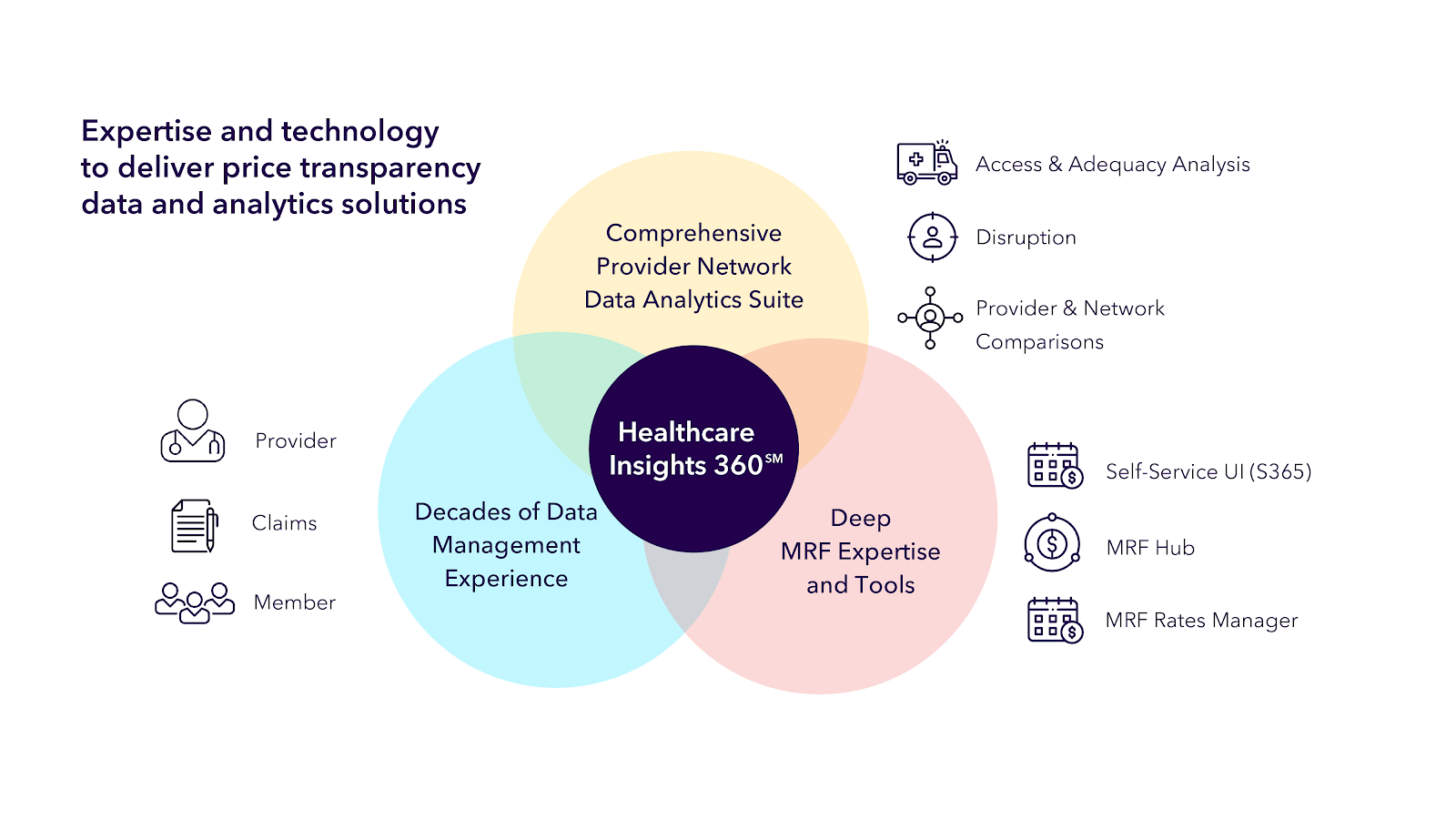
Zellis is one of the players in the out-of-network repricing world. They work among giants like Claritev and Data iSight. Though not as well-known as their competitors, healthcare providers need to understand Zellis's approach to guide them through out-of-network reimbursements.
Zellis Repricing Services Overview
Zellis provides repricing solutions to reduce healthcare costs for employers and insurance plans. They review out-of-network claims and decide what they call "reasonable" payment amounts. Their system looks at regional data patterns and procedure codes. This helps them create payment recommendations that lead to much lower reimbursements than the billed charges.
Let's say you're a physical therapist who bills $200 for a therapeutic service. Zellis might decide that $80-100 is a "fair" payment based on their calculations, whatever your actual costs or usual rates might be in your practice.
Zellis Pros and Cons
Pros:
- Their methodology explanation is clearer than other competitors
- The appeals process is simple
- You can ask for detailed explanations of payment decisions
- More claims get accepted compared to other repricing methods
Cons:
- Payments often fall way below what providers expect
- Providers have little say in setting "reasonable" rates
- Most of their methodology stays secret
- Provider negotiations usually end up as take-it-or-leave-it deals
Zellis Provider Feedback
Healthcare providers have mixed feelings about Zellis. Some like how quickly they respond to payment disputes compared to bigger companies like Claritev. Others feel frustrated by payment cuts they see as random and harmful to their practices.
Many providers point out that Zellis's "reasonable" rates don't match the real costs in their areas. Small practice owners face the biggest challenge. Their overhead costs run higher than large healthcare systems, but the reduced payments don't reflect this reality.
Zellis Comparison with Data iSight
Zellis differs from Data iSight in several ways:
- Methodology transparency: You can get more detailed explanations from Zellis about their pricing decisions than from Data iSight
- Provider engagement: Zellis seems more open to talking with providers about payment decisions
- Repricing aggressiveness: Their repricing isn't as harsh as Data iSight, but still cuts payments a lot
- Market presence: Data iSight has a bigger market share thanks to Claritev's strong position
Physical therapy practices should spot Zellis-repriced claims early. This helps with financial planning and lets you tell patients about possible out-of-pocket costs ahead of time. Knowledge about all major repricing companies helps you direct your way through healthcare reimbursement challenges.
Comparison Table
How These Companies Operate

The financial relationship between repricing entities and the healthcare industry follows a basic formula: the lower the reimbursement to providers, the higher the profits these companies make. This simple incentive shapes how the out-of-network payment system works.
Relationships With Insurers and Employers
Most big employers in America pay medical claims directly through self-funded health plans. They let insurance companies handle the administration. Big names like UnitedHealthcare, Aetna, and Cigna team up with repricing entities to handle out-of-network claims.
The process is straightforward. An employee visits an out-of-network provider. The insurer asks a repricing entity to review the claim, which usually suggests paying less than the billed amount. The employer saves money - the difference between the original bill and what they actually pay. Both the insurer and repricing company take a cut of these savings as their fee.
This setup makes serious money. UnitedHealthcare alone pulls in approximately $1 billion every year from these fees. Picture this: a physical therapist bills $500 for services. The repricing entity suggests paying just $150. They pocket 30% of the $350 "savings" while the insurer grabs their share too.
Approaches to Calculating "Market Averages" or "Reasonable Rates"
Repricing entities use complex algorithms to decide payment recommendations. Data iSight is a great example - they have a database of over 1 billion paid Healthcare Finance Administration bill lines and facility data available to everyone.
Other methods include:
- Medicare fee allowances as starting points for negotiations
- "Target pricing" where insurers set payment caps
- PPO fixed fee structures applied to medical claims
These companies market their calculations as "defensible, repeatable and completely transparent." But internal documents show insurers can sway these supposedly independent payment suggestions. This leads to providers getting paid less while repricing companies earn bigger fees.
Communication Methods with OON Providers
After setting a payment amount, repricing entities reach out to providers in different ways. Past employees tell stories about tactics that push medical practices to take reduced payments:
- Offers with all-caps warnings and very tight deadlines
- Take-it-or-leave-it deals promising quick payment if accepted
- Warnings of lower payments if providers reject the original offers
Keep in mind - these offers should be open to negotiation. Yet documents reveal many claims are marked as "not eligible for negotiation". Notwithstanding that, Claritev says 89%-98% of providers ended up accepting their reductions.
Red Flags and Warning Signs (https://www.betterup.com/blog/red-flags-in-a-relationship)

Physical therapy practices nationwide now face problematic repricing tactics. You need to spot these warning signs early to protect your revenue from taking a big hit.
Sudden, Unexplained Payment Reductions
Your first red flag shows up when reimbursements drop without any clear reason. Some practices have seen their payments fall by 60-80% overnight. This usually happens when:
- Insurers switch to a new repricing entity without telling you
- Existing repricing entities use new algorithms or "market analyzes"
- Plans move from percentage-of-charge methods to fixed fee schedules
Look for patterns in multiple patients who have the same insurer. A repricing entity might be involved if your usual $100 service payment drops to $30-40 for similar services under the same plan.
Pressure to Negotiate or Sign "One-Time" Agreements
Repricing entities often reach out with urgent settlement offers and use pressure tactics. Watch out for:
- Messages with very short decision deadlines (often 3-5 days)
- All-caps warnings about "FINAL OFFER" or "ONE-TIME OPPORTUNITY"
- Promises to speed up payment if you accept their terms
Note that these "one-time" agreements rarely affect just one patient. When you accept such terms, you set a precedent that applies to all future claims with that insurer or repricing entity.
Generic, Incomplete Explanations for Payment Amounts
Vague reasons for payment cuts are another big warning sign. Be careful when you see explanations that:
- Talk about "market rates" without explaining the method
- State payments reflect "reasonable and customary" amounts without data
- Mention "proprietary algorithms" without being transparent
When you challenge these decisions, demand detailed explanations. Ask how they calculated the payment, what data they used, and whether they factored in your specific location and practice setting.
As a practice owner, you should document everything carefully and talk to patients about possible out-of-pocket costs before providing services. This is your best defense.
Physical therapy practices face challenges from a complex web of repricing entities that affect their bottom line. These companies use sophisticated repricing tactics. Early detection of their paperwork and understanding how they work together helps protect your practice's financial health.
Overlap Between Repricers
Boundaries between repricing entities often blur in practice. Many PT clinics deal with multiple repricing companies at once, sometimes for the same patient. To name just one example, see what happens when you bill $200 for manual therapy—Data iSight might reduce it to $80 while Zellis might offer $95 for similar services.
Several important overlaps exist:
- Shared methodologies – Most repricing entities use similar core approaches. They simply apply different multipliers to reach their "reasonable" rate determinations
- Cross-referencing – These companies often reference each other's payment decisions. This creates a downward spiral of reimbursements
- Parent-subsidiary relationships – Data iSight operates as part of Claritev's services. This creates multiple layers of repricing
This interconnected ecosystem means your negotiations with one entity could affect how others handle your claims. Understanding these relationships helps you develop consistent strategies instead of treating each repricing entity as a separate challenge.
Documentation to Watch for (insurance cards, EOBs, letters)
Early identification of repricing involvement starts with spotting key documentation patterns. Watch out for:
- Insurance cards with "MultiPlan" or "Claritev" logos, even in small print
- EOBs with language about "reasonable" or "appropriate" rates instead of specific contract terms
- Letters with urgent deadlines (typically 5-10 days) or "one-time settlement" offers
- Claim rejections that mention "Data iSight analysis" or similar terminology
"Silent PPO" networks appearing on insurance cards often signal future repricing. Payment amounts that match exact Medicare percentages (like 150% or 225% of Medicare) are another common repricing sign.
These indicators should prompt you to inform patients about possible higher out-of-pocket costs. You might need to adjust your collection practices as well.
Conclusion
Physical therapy practices nationwide now face tough challenges from dominant repricing entities. Claritev (formerly MultiPlan), Data iSight, and Zellis control how most out-of-network claims get processed and paid. These companies wield massive influence over healthcare reimbursements. Their effect on providers hits hard - payment cuts of 61-81% off billed charges have become the norm. Many physical therapists struggle to stay financially stable.
The business model behind these repricing entities raises red flags. Their profits directly relate to how much they cut provider payments. Healthcare cost reduction has turned into their revenue-generating engine. This explains why MultiPlan's revenue shot up from $23 million to $709 million between 2012 and 2021.
These companies boast high provider acceptance rates for their reduced payments. The truth is many practices accept these terms because fighting each claim gets pricey and takes too much time. Physical therapists should spot warning signs early. Sudden payment cuts, pressure to sign "one-time" agreements, and unclear payment decision explanations all point to repricing involvement.
Your practice needs to take action. Look for MultiPlan/Claritev logos on insurance cards carefully, even in fine print. Keep an eye on EOBs that mention "reasonable" rates instead of specific contract terms. It also helps to collect payment information upfront and tell patients about possible out-of-pocket costs before services begin.
The legal scene around these repricing entities changes faster than ever. Federal judges have let antitrust lawsuits move forward. The Department of Justice worries about potential price-fixing. Congressional investigations have started to get into these practices. This increased scrutiny might reshape how out-of-network claims are handled.
For now, physical therapy practices must protect their revenue smartly. Direct payment collection from patients at service time for out-of-network care makes sense. Detailed records of your usual fees and actual service costs help support appeals when needed. Patient education about these practices helps them understand higher out-of-pocket costs.
The fight between healthcare providers and repricing entities stands as one of physical therapy's biggest challenges today. Knowing these companies and their methods helps you direct your way through this complex situation better. You can also fight for fair pay that shows your services' true worth.
Key Takeaways
Understanding these major repricing entities is crucial for protecting your physical therapy practice's revenue and ensuring fair compensation for your services.
• Claritev (formerly MultiPlan) dominates 80% of out-of-network claims, using algorithmic tools that reduce provider payments by 1.5-49 times below traditional rates while generating billions in revenue from these "savings."
• Data iSight achieves 89-98% provider acceptance rates by offering payments typically 160-260% of Medicare rates, though critics describe these amounts as "ridiculously low" for sustainable practice operations.
• Watch for red flags including sudden payment drops, pressure tactics with short deadlines, and vague explanations referencing "market rates" without transparent methodology details.
• Collect payment upfront and educate patients about potential out-of-pocket costs when treating out-of-network cases, as repricing can reduce expected reimbursements by 61-81% off billed charges.
• Federal lawsuits and congressional inquiries are challenging these practices, with the DOJ supporting claims of price-fixing conspiracies that may reshape the repricing landscape.
The repricing industry's profit model creates inherent conflicts—the more they reduce your payments, the more revenue they generate. Recognizing their tactics early and implementing protective strategies helps maintain your practice's financial stability while these legal challenges unfold.
FAQs
Q1. What is the relationship between Data iSight and MultiPlan?
Data iSight is a subsidiary of MultiPlan (now known as Claritev). It serves as Claritev's primary repricing methodology for out-of-network charges, using different approaches depending on the claim type to achieve high provider acceptance rates while generating significant savings off billed charges.
Q2. How does Data iSight determine payment amounts for healthcare claims?
Data iSight uses different methodologies based on claim type. For facility claims, it employs a cost-up approach examining median costs for procedures at similar facilities. For practitioner claims, it uses a median reimbursement approach. The system incorporates factors like national benchmarking, regional wage indexing, and geographic adjustments to determine payment recommendations.
Q3. What is MultiPlan's primary business model?
MultiPlan (now Claritev) generates revenue by providing healthcare cost management solutions to payers. Their core business involves processing out-of-network claims and recommending reduced payment amounts. The company typically receives a percentage of the "savings" - the difference between the original billed amount and the reduced payment they recommend.
Q4. How do repricing entities impact physical therapy practices?
Repricing entities can significantly reduce reimbursements for physical therapy practices, often by 61-81% off billed charges. This can lead to sudden, unexplained payment reductions and financial challenges for practices. Providers may face pressure to accept lower payments or sign agreements that could affect future reimbursements.
Q5. What should healthcare providers watch out for regarding repricing entities?
Providers should be alert to sudden payment reductions without clear explanations, pressure to sign "one-time" agreements with short deadlines, and vague justifications for payment amounts referencing "market rates" or "proprietary algorithms" without transparency. It's also important to carefully examine insurance cards and EOBs for indications of repricing involvement.
Reduce costs and improve your reimbursement rate with a modern, all-in-one clinic management software.
Get a DemoLegal Disclosure:- Comparative information presented reflects our records as of Nov 2025. Product features, pricing, and availability for both our products and competitors' offerings may change over time. Statements about competitors are based on publicly available information, market research, and customer feedback; supporting documentation and sources are available upon request. Performance metrics and customer outcomes represent reported experiences that may vary based on facility configuration, existing workflows, staff adoption, and payer mix. We recommend conducting your own due diligence and verifying current features, pricing, and capabilities directly with each vendor when making software evaluation decisions. This content is for informational purposes only and does not constitute legal, financial, or business advice.










